This post is also available in:
日本語 (Japanese)
KYOTOGRAPHIE KG+ Photographer Group “WOMB” (Masami Ueda, Rino Kawasaki, Kalina Leonard, Sana Kohmoto) 10th Anniversary Exhibition (April 26, 2024)
I had circled the KYOTOGRAPHIE KG+ Photographer Group WOMB’s 10th Anniversary exhibition as one not to miss. I was attracted to WOMB’s mission, which seemed to offer a feminine gaze yet take a metaphorical and expansive rather than body-centered view of a womb’s function. A small collective of Japanese female photographers who have been publishing WOMB photography magazine since September 2013, WOMB says they named their group and magazine to evoke “things that no one knows yet, a place where things are born (and grow).” Fortunately, I was able to meet two of the photographers, and among my many experiences at KYOTOGRAPHIE, this exhibition proved to be a highlight. Honestly, it was inspiring and rewarding beyond all expectations.
Asuca Hayashi 林明日香 — Song of the Earth, Tokyo (May 5, 2024)
On a sunny 5th of May — Children’s Day in Japan — I made my way to what seemed like an unlikely venue, Mifa Football Cafe, for a matinee child/family-friendly concert and luncheon called “Song of the Earth,” organized by the J-Pop singer Asuca Hayashi 林明日香. Mifa is located in Toyosu, one of a series of artificial islands in Tokyo Bay just southeast of the former Tsukuji Fish Market in Tokyo, a strange but fitting location. Both Asuca and the people of Tokyo were charting a new course in pursuit of more healthy, sustainable lives.
The Sound of Freedom: Pianist Hitomi Nishiyama at SUB (Osaka, 4/18/24)
My encounter with the well-known — but new to me — pianist Hitomi Nishiyama 西山瞳 at SUB Jazz Cafe, a seminal jazz club in Osaka, took me to places I never expected. Although she was playing jazz standards with a makeshift band, her music and career, characterized by curious changes in direction and exquisite elaborations on connections previously unrecognized, set us free.
KYOTOGRAPHIE KG+ Select: Masahiro Usami’s (宇佐美雅浩) Community Manda-las (April 17, 2024)
Masahiro Usami creates art, photographic mandalas, by undertaking a journey, as much relational as through time and space, to understand and capture the essence of a community’s journey in collaboration with that community. In his words, “Each individual photograph [in his long-running mandala series] features a central figure, all of whom come from different regions and standpoints, and then distributed in their environs are the people and things that express the world of that particular figure, just like the form of a Buddhist mandala painting.” His latest depicts the confrontation between citizens and developers over a proposed radical redevelopment of a beloved and historic park in the heart of Tokyo.
Valentina Benigni — Dancing Vulnerability (Off Arles Festival 2024)
One of the exhibitions I most enjoyed visiting during my all-too-brief stay in beautiful Arles, France to take in the Les Rencontres D’Arles de la Photographie was not in the festival at all. Instead, Valentina Benigni’s solo exhibition “Dancing Vulnerability” was a part of the concurrent Festival Off Arles.
With 26 exhibitions, some quite large, scattered around Arles, Les Rencontres D’Arles did not leave me much time in my brief stay to check out other shows, many of which I hurriedly passed by. However, Valentina’s exhibition announcement posted on the street featuring a brilliant photograph of what looked like a flamenco dancer with skirt awhirl cried out to me.
Back to the Garden at Candy Live Jazz in Kyoto (April 17, 2024)
On my second night in Kyoto, I went to Candy Live Jazz in Gion to see the trio of Kotono Nishimura 西村琴乃 (alto and soprano sax), Yuka Yanagihara 柳原由佳 (piano), and Ayuko Ikeda 池田安友子(percussion). I was not familiar with any of them, but from the start, I found their set, inspired by the spring season, infectious, rhythmically adventurous, and uplifting.
At times, most notably during Kotono’s number “Milky Way” from her album “Favorable Move,” I felt as if I’d been transported to a landscape untarnished by humans, where dawn is breaking over mountains in a river-fed valley of verdant splendor where you can hear birds singing and take a breath, like in a Thomas Cole painting, a place where you can look up on a clear, moonless night and be awestruck by the majesty of the Milky Way, so far away and yet seemingly so close.
You Don’t Die: The Story of Yet Another Iranian Uprising at Kyotographie, Kyoto (April 16, 2024)
I was excited to explore Kyotographie, the sprawling annual international photography festival in Kyoto. Now in its 12th year, it has become one of Asia’s largest photography festivals. It features 13 curated main exhibitions and more than 100 KG+, KG Select, and Special exhibitions installed in venues large and small all over Kyoto. One of the exhibitions I was most keen to visit was “You Don’t Die — The Story of Yet Another Iranian Uprising,” an exhibition at Sfera culled from 1000s of mostly anonymous images of the “Woman, Life, Freedom” uprising inside Iran, collected and authenticated by Le Monde photo editor Marie Sumalla and Le Monde journalist Ghazal Golshiri. With the assistance of Iranian colleagues Payam Elhami and Farzad Seifikaran, they established the date and location of each photo. Photographs by several professional Iranian photographers inside Iran also appeared in the exhibition.
Facing Death, Finding Oneself at UrBANGUILD, Kyoto (April 16, 2024)
On my first night in Kyoto, I attended FOUR DANCERS vol281 at UrBANGUILD, a cafe/bar and multidisciplinary performance space in the heart of Kyoto. Like an old-school club on the Lower East Side of Manhattan, it’s dark, grungy, and covered in flyers. UrBANGUILD presents a wide variety of younger and older artists and draws an extremely diverse audience as well, making it a beloved oasis for contemporary and experimental performing artists in the otherwise more traditional and conservative-minded Kyoto. I came to see two artists in particular, Chizuko Kotani / 小谷ちず子 and Miwako Inagaki / 稲垣美輪子.
In Sendai, A MUSE for Everyone (April 13, 2024)
A visit to MUSE (Music Unites Special Education), a certified NPO founded in Sendai City by pianist Atsuko Nishina in 2001 to increase the opportunities for people with special needs to touch highly artistic music and art and express themselves freely through artistic creative activities, with composer Aya Nishina 仁科彩 and her partner, the visual artist Shimpei Takeda 武田慎平, afforded me the opportunity to understand their creative work more deeply and to recognize that their art and their teaching work, while different in form, have the same purpose, each informed by and expressing the same universal spiritual principles that, in fact, guide all true healing work.
Pianist Eunbi Kim: How to Love Through Deep Listening
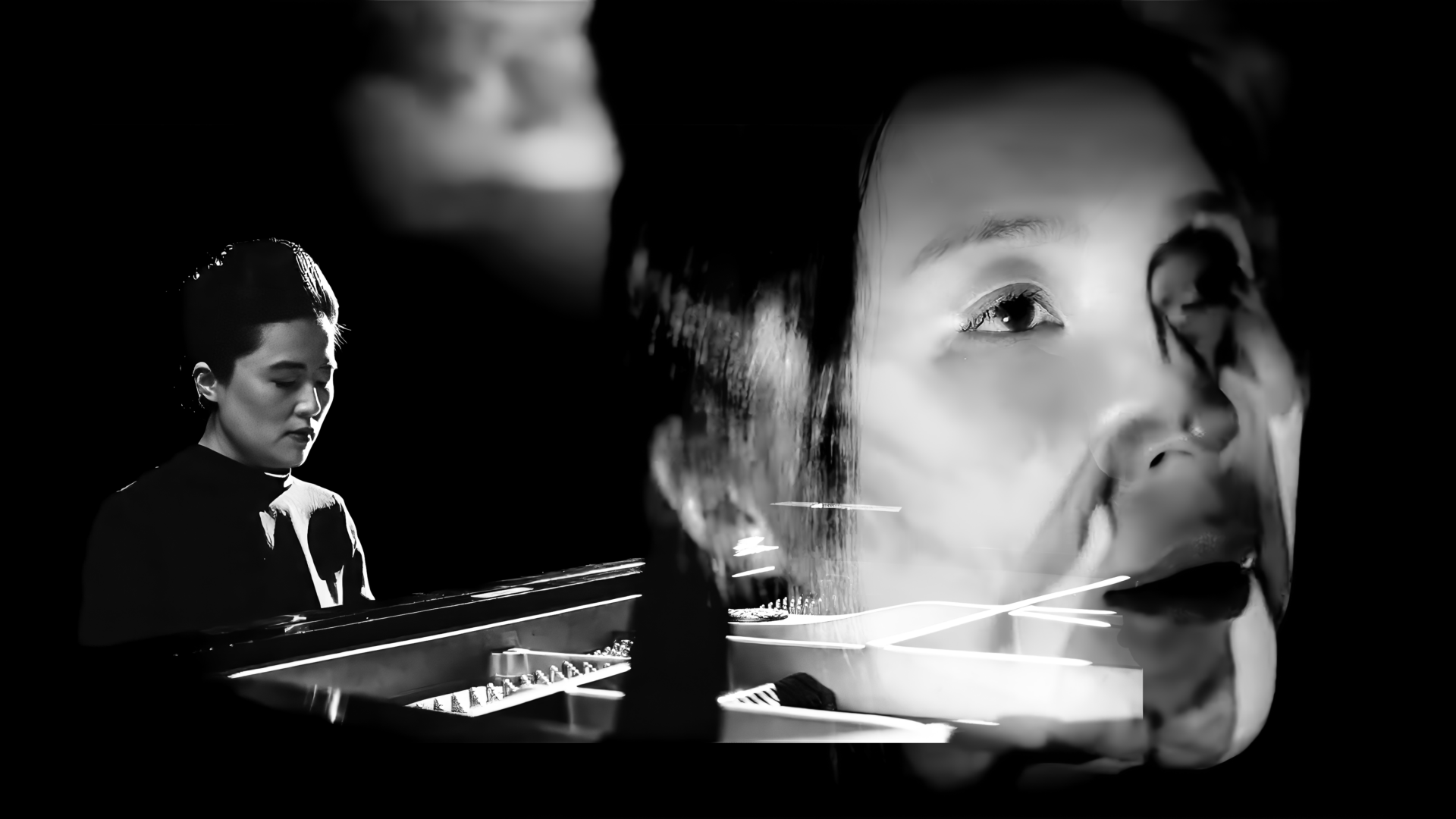 Photo © by Eunbi Kim – collage of stills from the official music video for Eunbi Kim's "Saturn Years"
Photo © by Eunbi Kim – collage of stills from the official music video for Eunbi Kim's "Saturn Years"This spring I had the pleasure of attending two uplifting events led by genre-fluid pianist Eunbi Kim at the National Arts Club, where she is one of 14 2023/2024 National Arts Club Artist Fellows. Rather than presenting formal concerts, Eunbi (she/her) created a series of gatherings. This approach suited the Club’s intimate spaces and allowed her to work interactively with the audience, sharing how music and mindfulness practice can work together to connect and heal us.
The two gatherings I attended, “How to Love” on March 6 and “Deep Listening” on May 19, each incorporated live music, talking, and visual elements. Eunbi cast the audience as improvisational partners, enabling them to explore the nexus of music and meditation along with her.
Art of Life: Artists Who Create Their Own Lifestyles
conversations with Aine Fujioka
This series explores how artists forge unique paths in a world without set rules. Inspired by candid conversations with fellow creatives, the series delves into the choices, challenges, and freedoms of building a life in the arts. As our work landscape changes, these stories offer insight and inspiration for anyone seeking to create a meaningful, self-directed, and sustainable way of living.

Freedom to Flow with Todd Marston
No one ever actually told me how to live as a musician. There are many ways, and you have so much freedom to create your own way. And that’s not easy because the choices are endless. So, I started this series of interviews to ask my friends how they live as artists. This first interview was with Todd Marston, my long-time friend and a keyboard player, composer, and educator.
Moonlight Refugee
travel stories from Hai Yen Ho
An inveterate explorer, Vietnam-based writer Hai Yen Ho moves effortlessly between rural and urban, wealthy and poor, fearlessly following her intuition. Her journeys and resulting stories blur the lines between reportage and fiction to chart the conflict between traditional and modern ways of life, spotlighting marginalized voices and finding beauty in unexpected places.

Binh Thuan: Another Imagination of Death
by Hai Yen Ho| November 9, 2025 | Literature Photo by Hai Yen Ho Among the countless fragments of memory vying to become the most precious, the one that lingers deepest within me is of a morning by the sea. In that fragment, I see myself sitting in a small coracle,...
New York: They were not born that way
The world is full of people who leave the place they were born, only to survive and then die in a place they never expected to live. The world is full of people who live without purpose, without any relationships, without any stories, or many that no one cares to know, despite the constant progress of everything around them. Such people tend to appear the most often in America, and even more in New York, the place where the no-identity-faces gather, the embodiment of the splendid America, the image that represents the most solid but also the most easily shattered dreams.
I saw one of them on the first morning after arriving in New York right after stepping out of a concrete hotel on Twenty-fourth Street, heading towards Seventh Avenue. For a moment, I had the idea of doing something different from the drivers — that is, following the African man to his destination.
Moscow: Snow will melt when the sun rises
The previous night, the snow fell heavily. The snowflakes fell gently yet fiercely, floating through the night like magical creatures. The cold crashed on me suddenly as soon as I stepped outside, aggressively occupying all the corners in my body, sneaking into every inch of carelessly exposed skin. The cold froze on the skin, piercing my brain, aching with every breath. On cold winter nights like this, the best thing to do is to stay in a cozy room, drink a cup of ginger tea, and talk about everything — except politics, of course. Politics in Russia these days is taboo. Russians avoided the subject like a terminal illness. “War in Ukraine? No, don’t worry, we are fine.” They changed the subject. Except Varf Labec.
Singapore
I don’t know why I came here. Waking at four in the morning, inside this airtight dormitory room with no windows, I can only tell the time from the screen of my phone. Below my bed, the Afghan girl is snoring softly. I imagine her bed, surrounded by piles of stuff hung haphazardly like a rumpled bed curtain. She’s been here for two weeks; the items hanging around the bed are a way for her to assert her attachment, her sovereignty, and to establish herself more firmly than the others, which currently consist of me, a Cambodian girl, and an Indonesian girl.
Moonlight Refugee
Ever since I was a child, I have always known that the world around me was much larger, that it was not limited to a small market, a moldering temple with a desolate courtyard, a solid church that I had not entered, rows of houses, schools, and a highway. That poor and ragged landscape never limited my imagination. I did not know how I got there, but I always knew that one day I would leave it. I knew I would travel to other vast places, reach the tops of mountains, dive to the bottom of the sea, and talk to people in every corner of the world.
Recently Released
Binh Thuan: Another Imagination of Death
by Hai Yen Ho| November 9, 2025 | Literature Photo by Hai Yen Ho Among the countless fragments of memory vying to become the most precious, the one that lingers deepest within me is of a morning by the sea. In that fragment, I see myself sitting in a small coracle,...
Freedom to Flow with Todd Marston
No one ever actually told me how to live as a musician. There are many ways, and you have so much freedom to create your own way. And that’s not easy because the choices are endless. So, I started this series of interviews to ask my friends how they live as artists. This first interview was with Todd Marston, my long-time friend and a keyboard player, composer, and educator.
New York: They were not born that way
The world is full of people who leave the place they were born, only to survive and then die in a place they never expected to live. The world is full of people who live without purpose, without any relationships, without any stories, or many that no one cares to know, despite the constant progress of everything around them. Such people tend to appear the most often in America, and even more in New York, the place where the no-identity-faces gather, the embodiment of the splendid America, the image that represents the most solid but also the most easily shattered dreams.
I saw one of them on the first morning after arriving in New York right after stepping out of a concrete hotel on Twenty-fourth Street, heading towards Seventh Avenue. For a moment, I had the idea of doing something different from the drivers — that is, following the African man to his destination.
Let Me Have It All: Reconsidering Sly & the Family Stone’s Fresh
Sylvester "Sly Stone" Stewart died on June 9th, 2025. There have been a lot of narratives about his life and death, but less about his music, particularly his under-appreciated 1973 album, Fresh. True to its title, Fresh is lighter, more relaxed, and much more personal than any music Sly had written to date. It's also much funkier, as Sly had in turn embraced the deep grooves of the Bootsy Collins-era JBs of James Brown.
Rema Hasumi: Finding Inspiration and Connection in Music and Motherhood
Rema Hasumi’s music rises to higher ground, but it navigates deep and turbulent waters to get there. That journey has taken on new dimensions in recent years, as her journey through motherhood has reshaped both her life and art, leading to the release of her new album, Mothers.
Listening to Stillness: Nguyen Tuan Cuong and the Art of Vietnamese Lacquer Painting
The first time I encountered one of Nguyễn Tuấn Cường's works, I found myself stunned before a canvas not characterized by richness, but by solidity. It was a painting of a bowl — an ordinary, creased enamel bowl — so realistically rendered it seemed to be living. Not polished, not idealized. It just was. Its rim chipped, its pale blue faded to something almost ghostly, the bowl rested ever so slightly askew on a darkened ground, emanating not surface light but a glow from deep within the layers of lacquer. It didn’t proclaim beauty; it remembered it — the kind of remembering carried in your bones, like a scent from childhood. Standing before it, I felt like I was the one seen rather than the one seeing. Something stirred inside me.
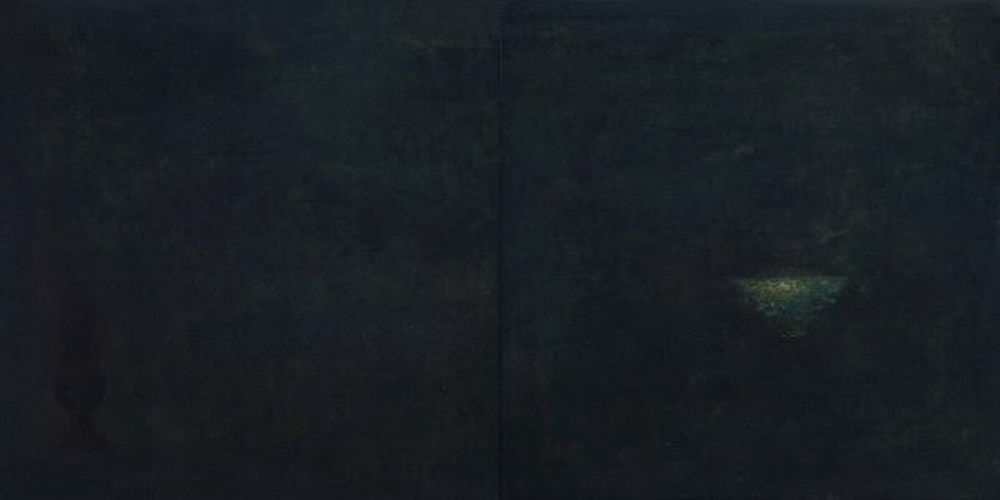 Photo © by Nguyễn Tuấn Cường
Photo © by Nguyễn Tuấn CườngMoscow: Snow will melt when the sun rises
The previous night, the snow fell heavily. The snowflakes fell gently yet fiercely, floating through the night like magical creatures. The cold crashed on me suddenly as soon as I stepped outside, aggressively occupying all the corners in my body, sneaking into every inch of carelessly exposed skin. The cold froze on the skin, piercing my brain, aching with every breath. On cold winter nights like this, the best thing to do is to stay in a cozy room, drink a cup of ginger tea, and talk about everything — except politics, of course. Politics in Russia these days is taboo. Russians avoided the subject like a terminal illness. “War in Ukraine? No, don’t worry, we are fine.” They changed the subject. Except Varf Labec.
Singapore
I don’t know why I came here. Waking at four in the morning, inside this airtight dormitory room with no windows, I can only tell the time from the screen of my phone. Below my bed, the Afghan girl is snoring softly. I imagine her bed, surrounded by piles of stuff hung haphazardly like a rumpled bed curtain. She’s been here for two weeks; the items hanging around the bed are a way for her to assert her attachment, her sovereignty, and to establish herself more firmly than the others, which currently consist of me, a Cambodian girl, and an Indonesian girl.
Moonlight Refugee
Ever since I was a child, I have always known that the world around me was much larger, that it was not limited to a small market, a moldering temple with a desolate courtyard, a solid church that I had not entered, rows of houses, schools, and a highway. That poor and ragged landscape never limited my imagination. I did not know how I got there, but I always knew that one day I would leave it. I knew I would travel to other vast places, reach the tops of mountains, dive to the bottom of the sea, and talk to people in every corner of the world.
For Every Work Has Several Faces: A Conversation with Yoko Tawada about Writing and Translation
I had the honor of introducing Yoko Tawada’s seminal lecture “Every Work Has Several Faces: A Conversation with Yoko Tawada about Writing and Translation,” delivered at the Lenfest Center for the Arts, Columbia University School of the Arts, on March 27, 2025. In this article, I expand on that introduction, exploring how Tawada, a borderless wordsmith, shatters linguistic confines through writing and translation: her language erases frontiers and reconfigures reality, existing not as the ruins of Babel, but as a thriving, pulsating, organic entity.
Born in Tokyo and now residing in Berlin, Tawada is a celebrated writer of fiction, poetry, and a deeply engaged thinker on the nature of language. Writing in both German and Japanese, she is recognized as one of the most distinctive multilingual voices in contemporary literature.
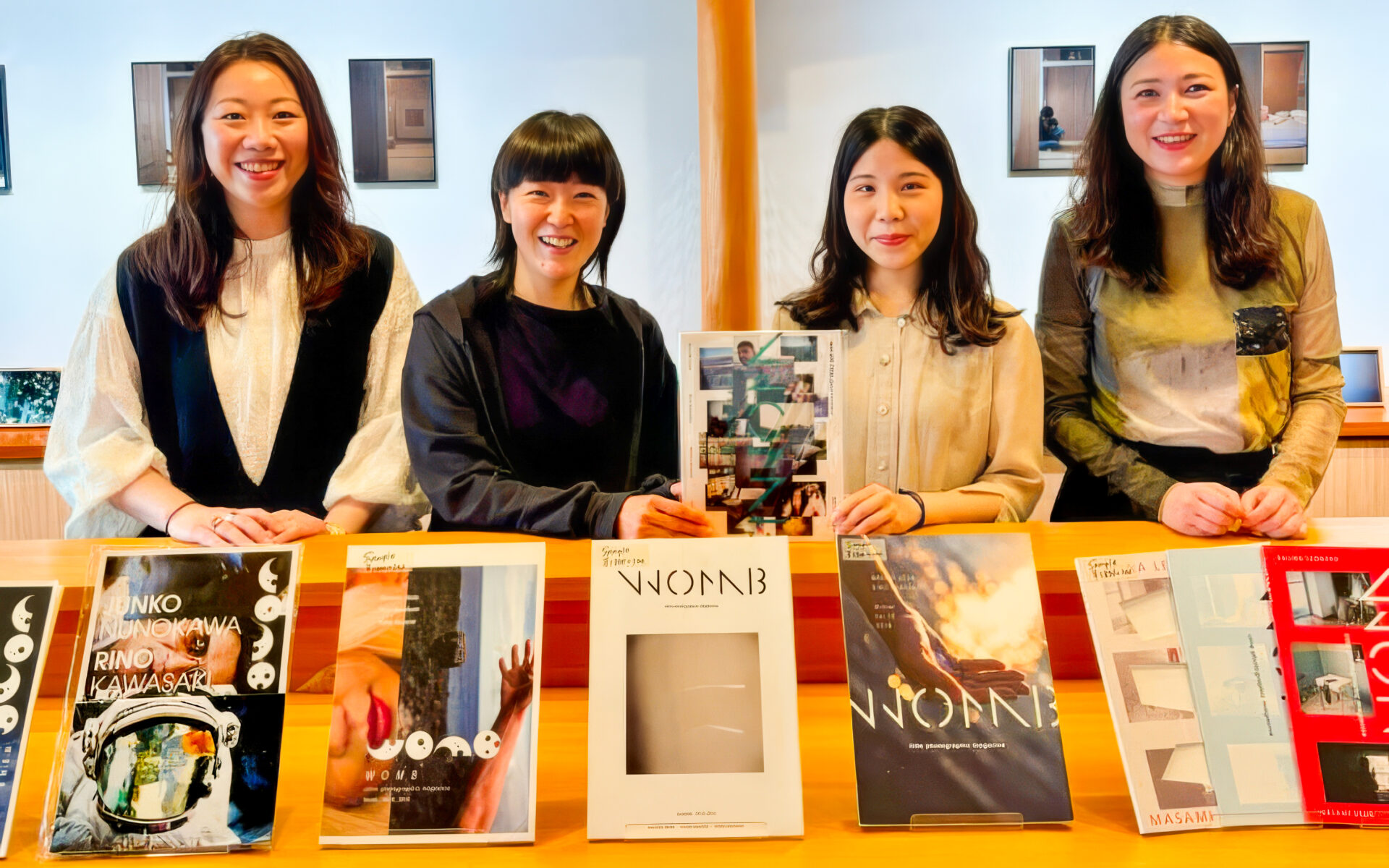
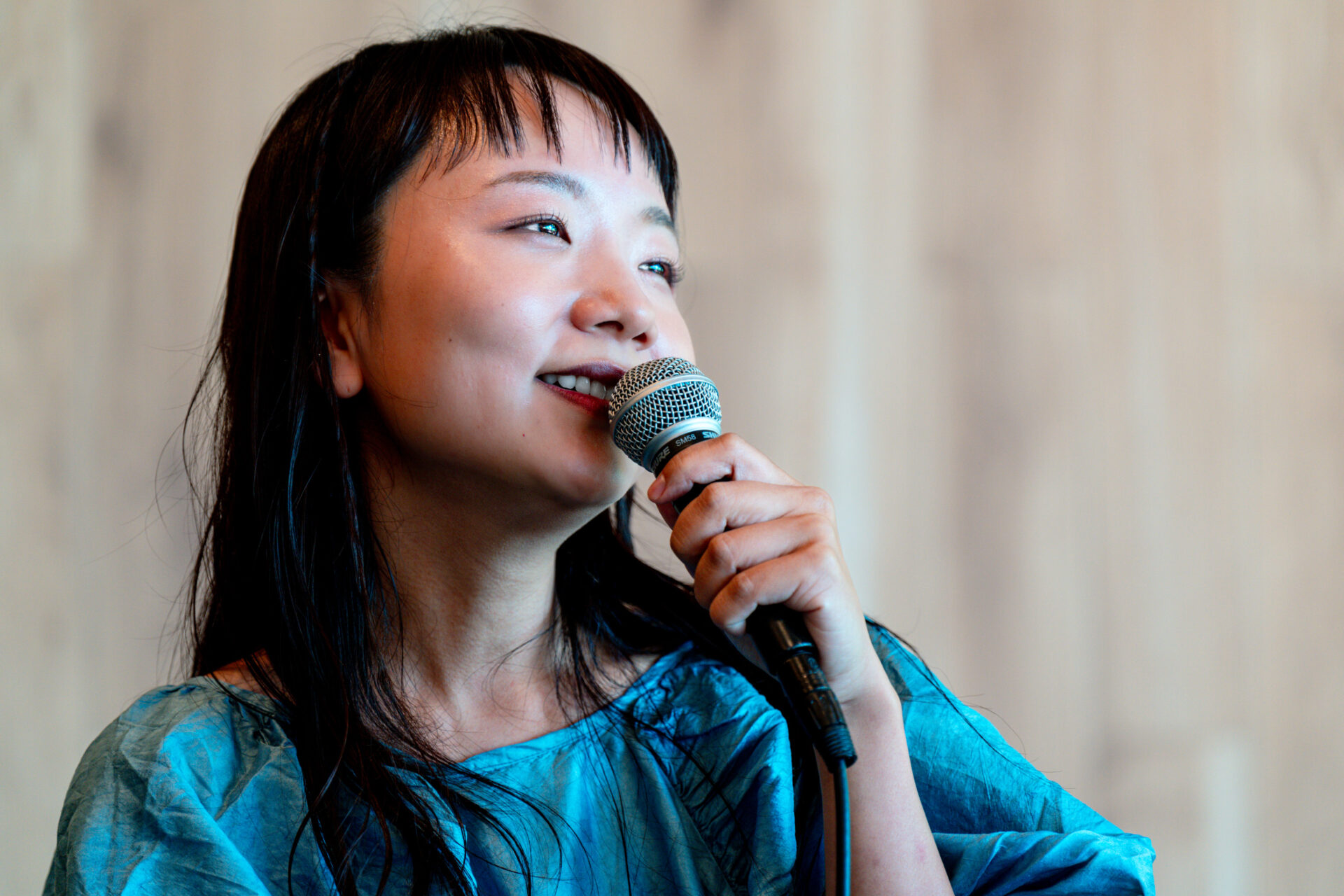
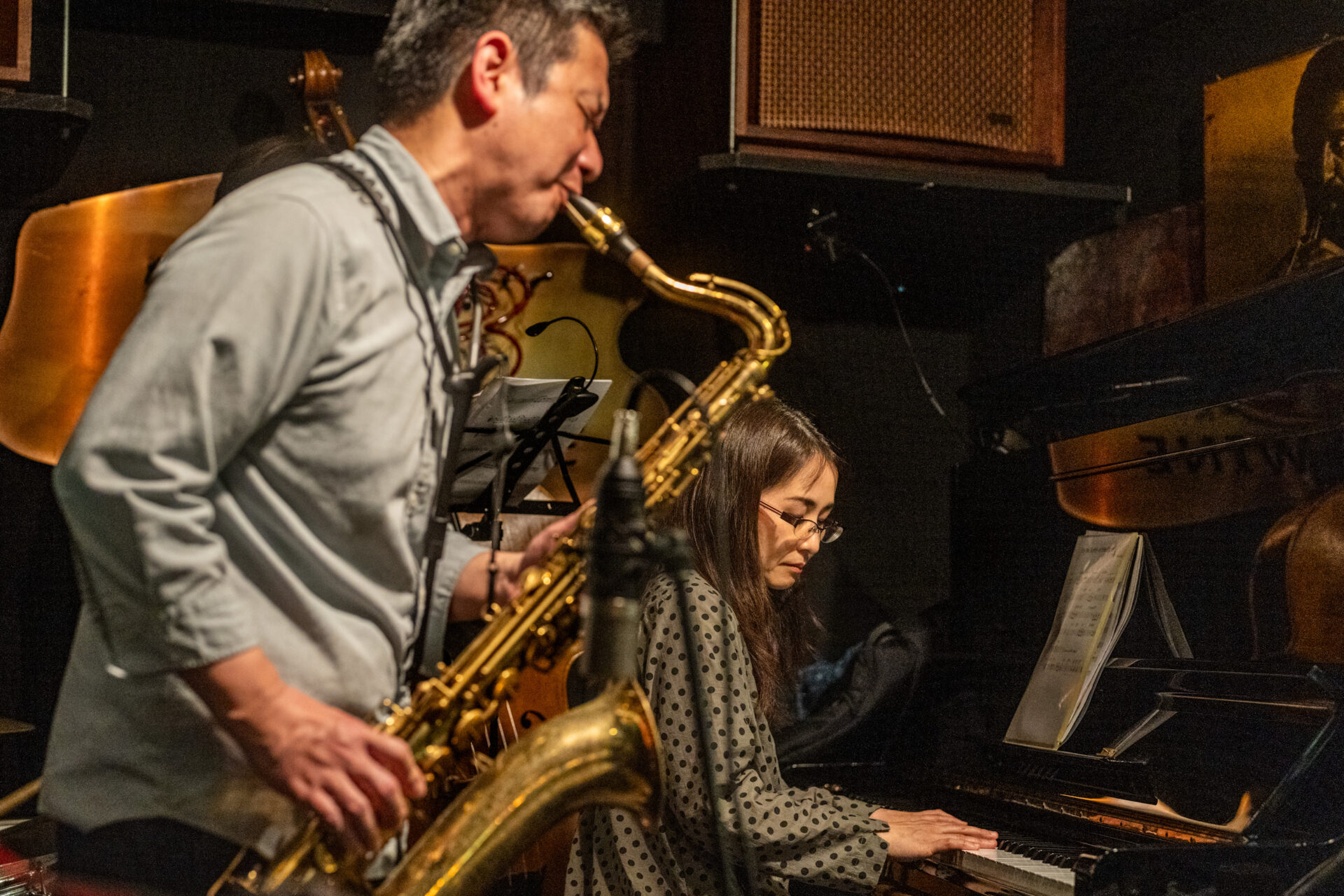
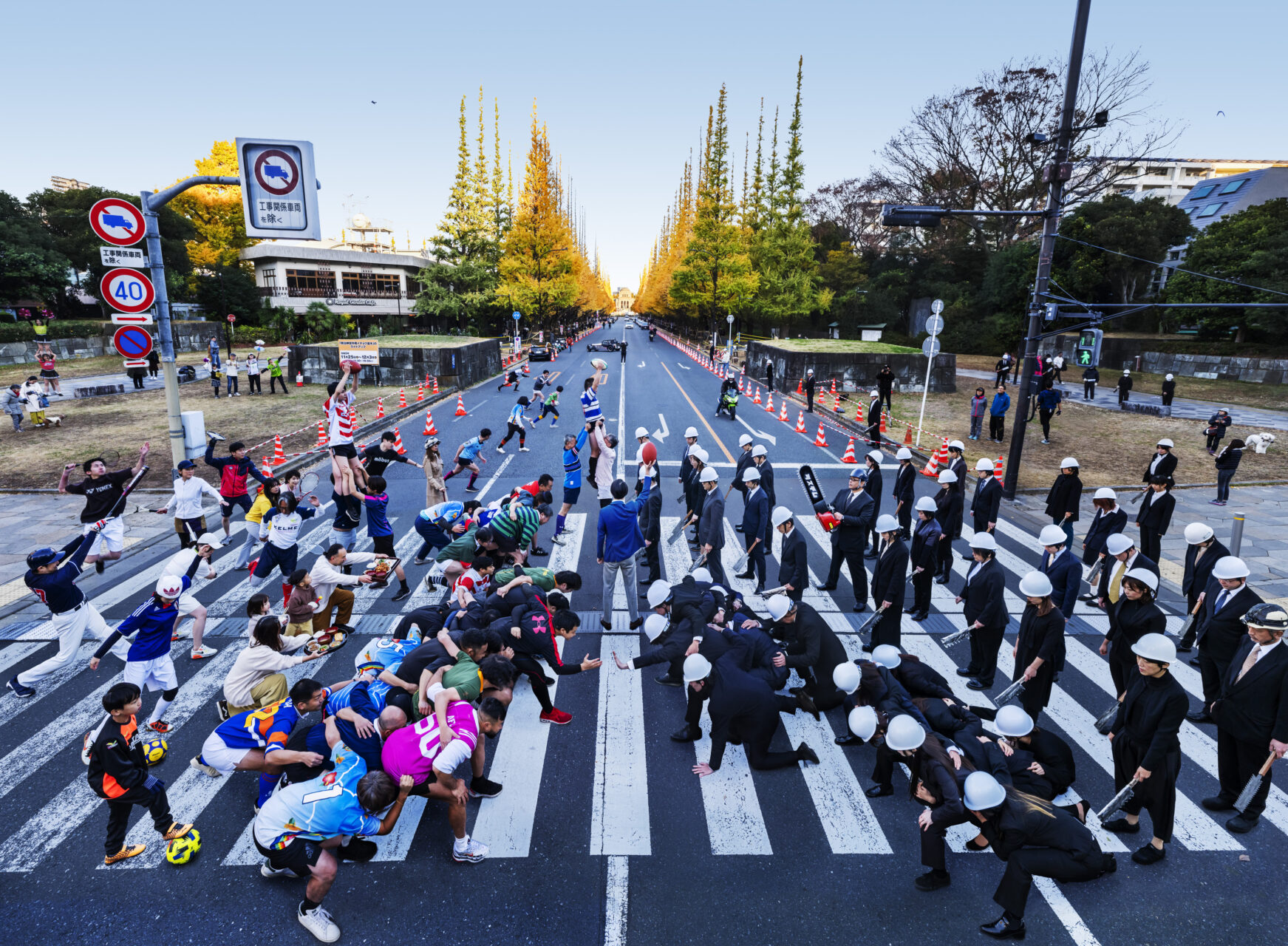
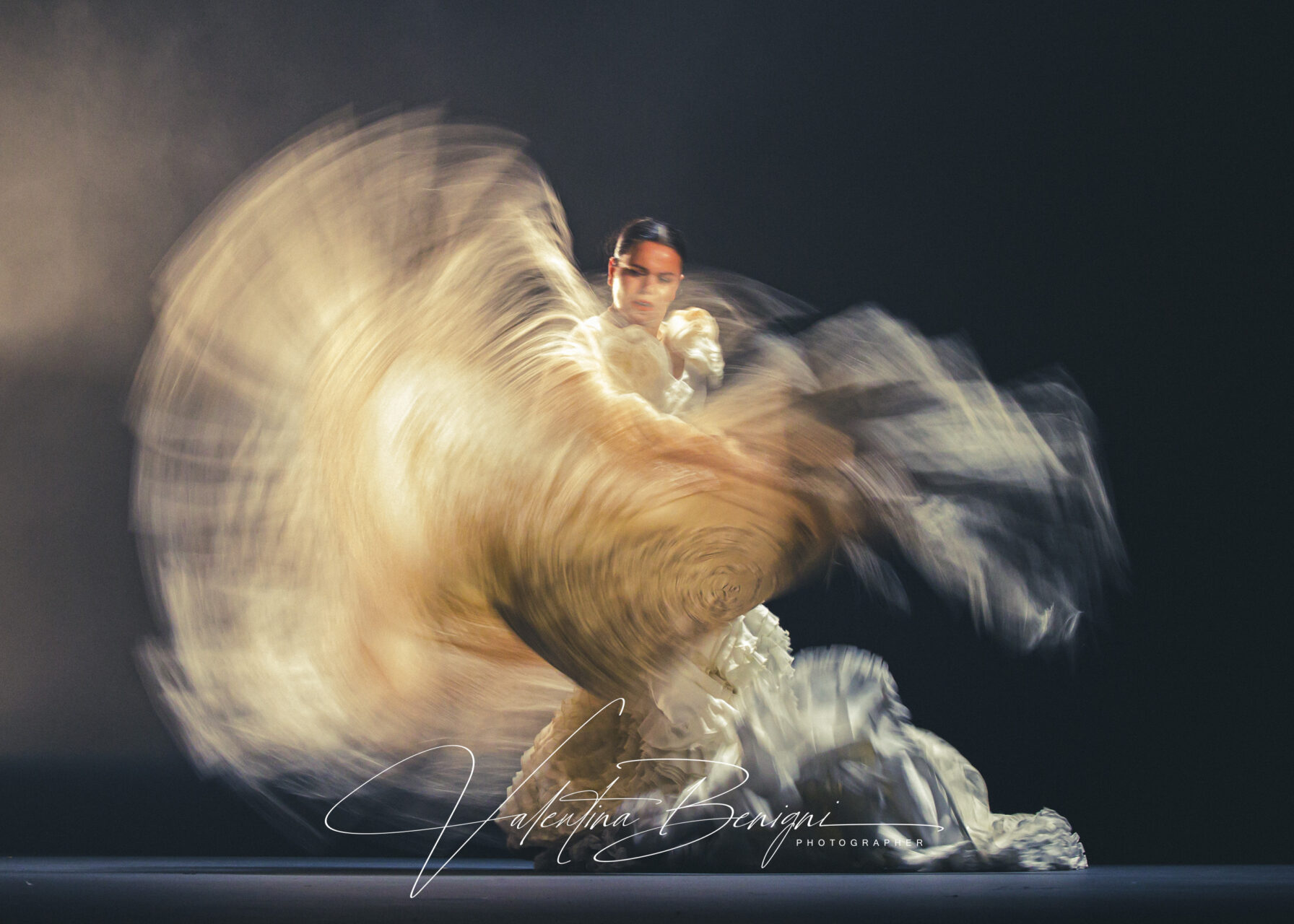
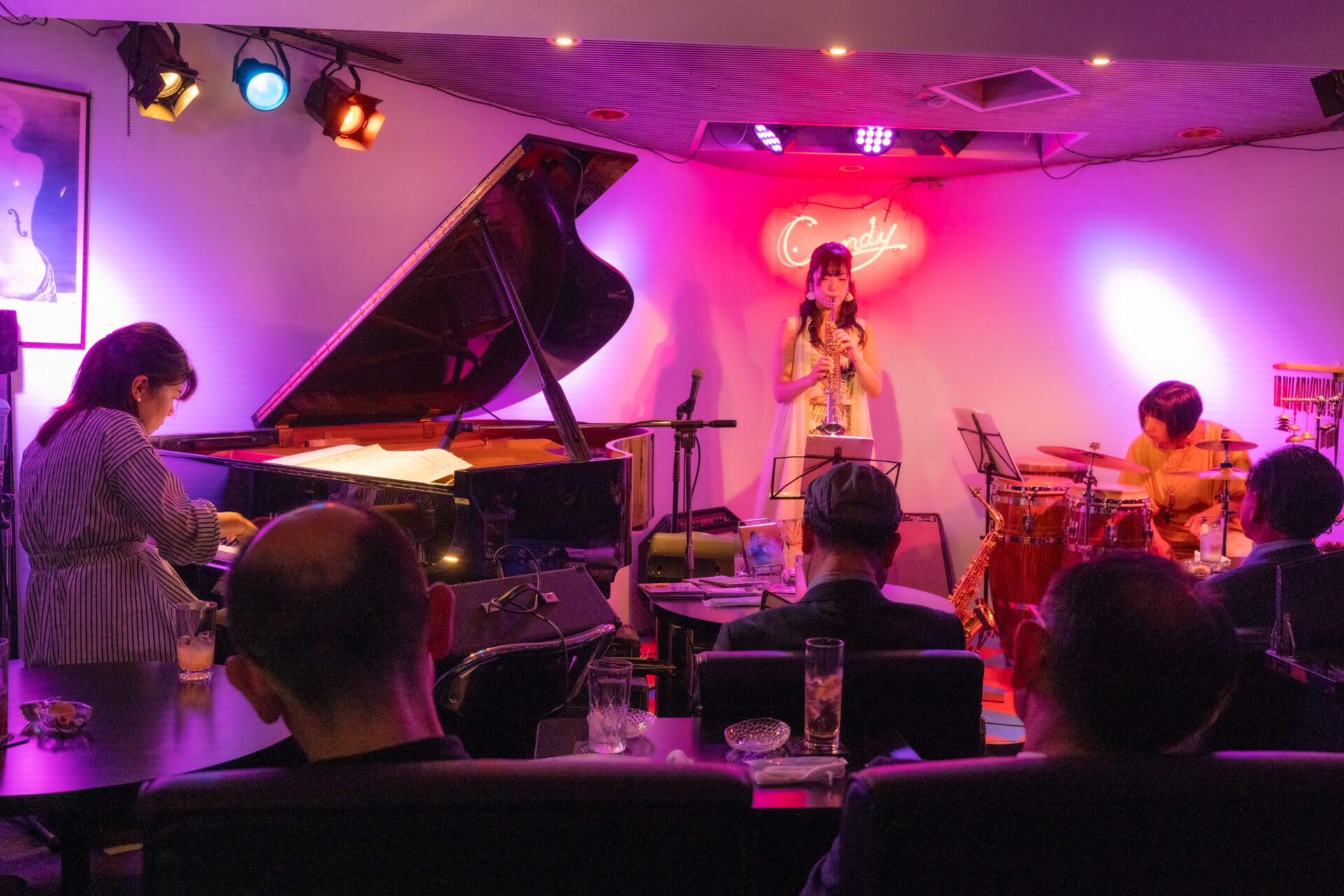
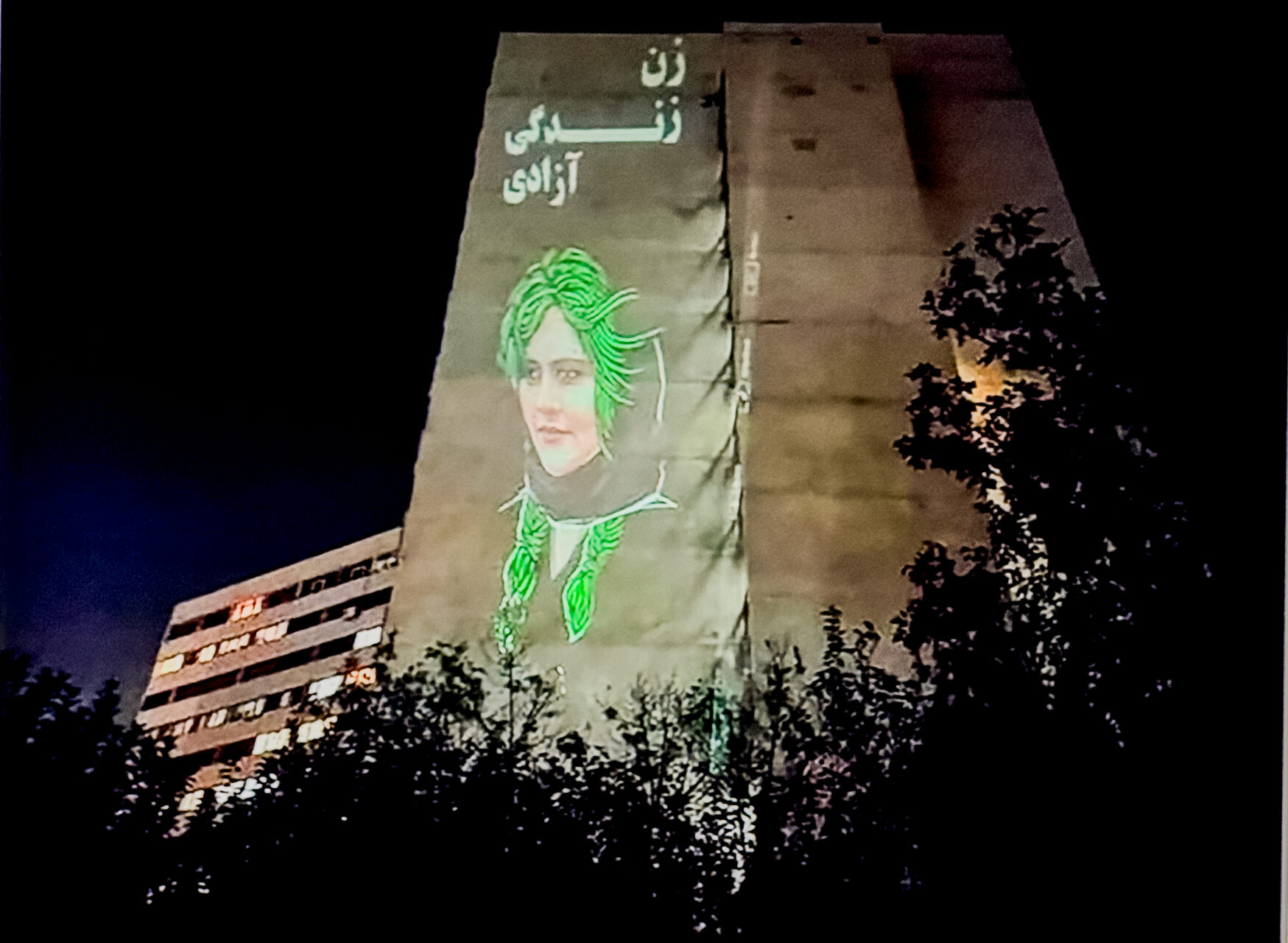
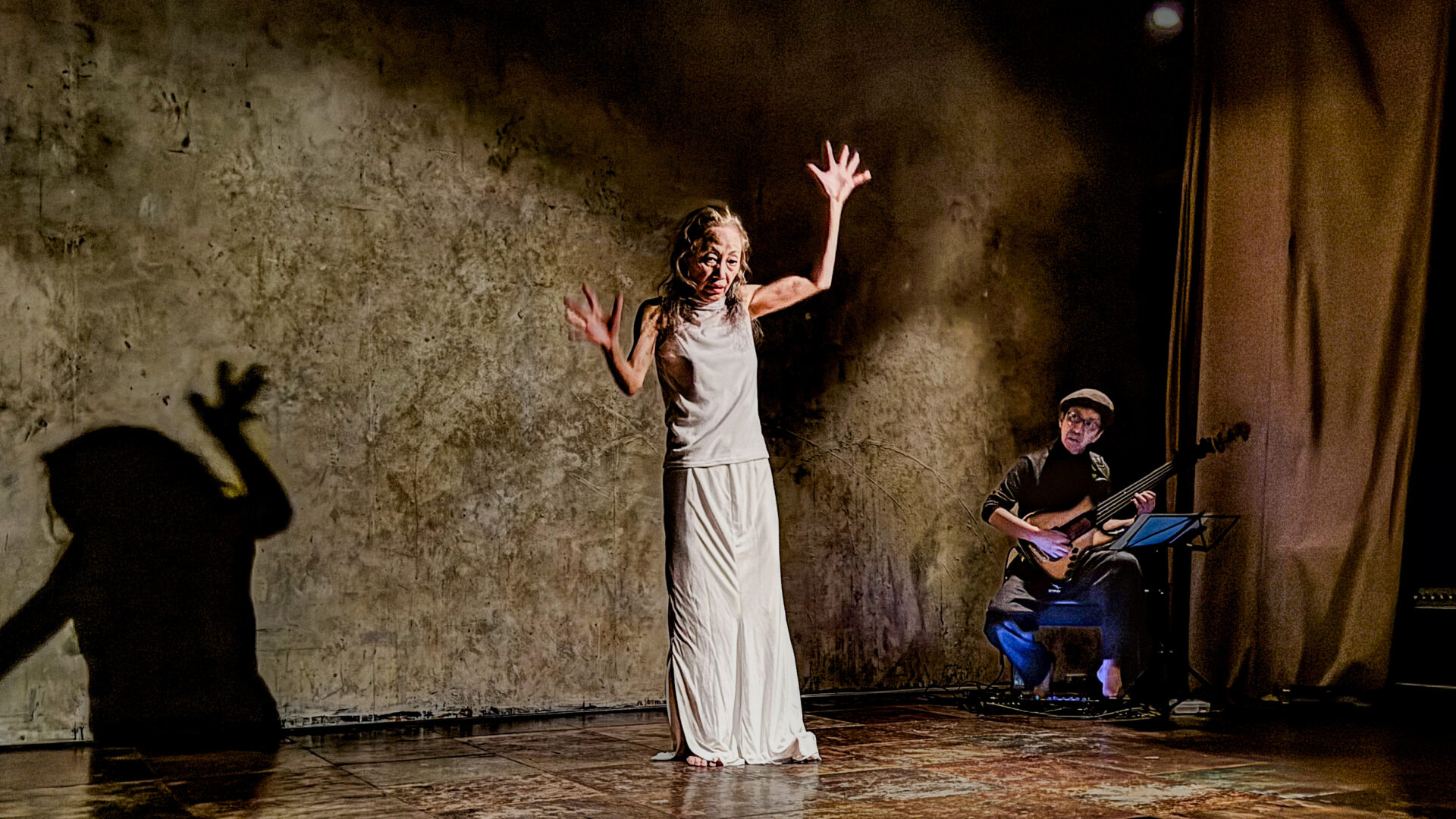
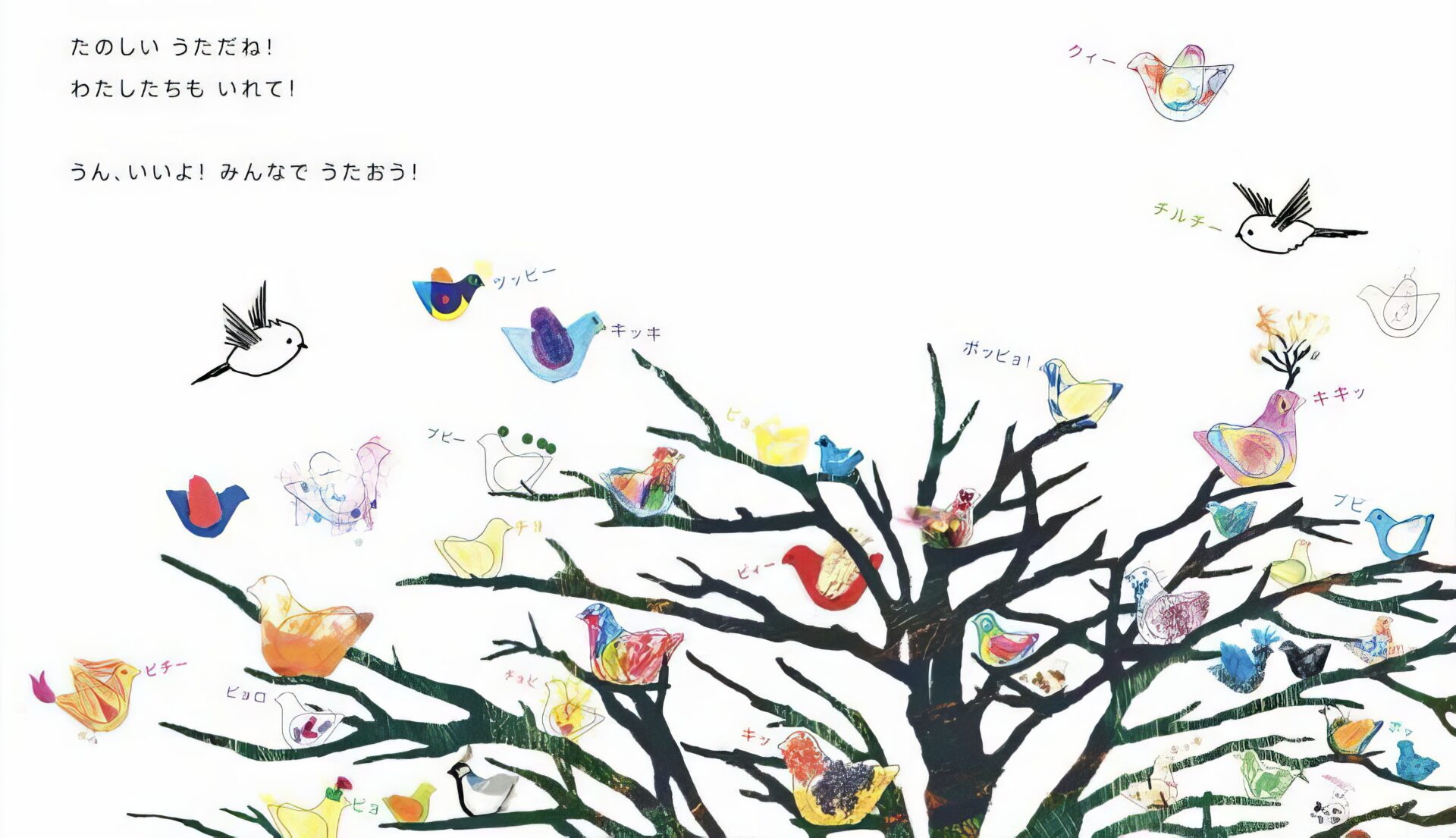
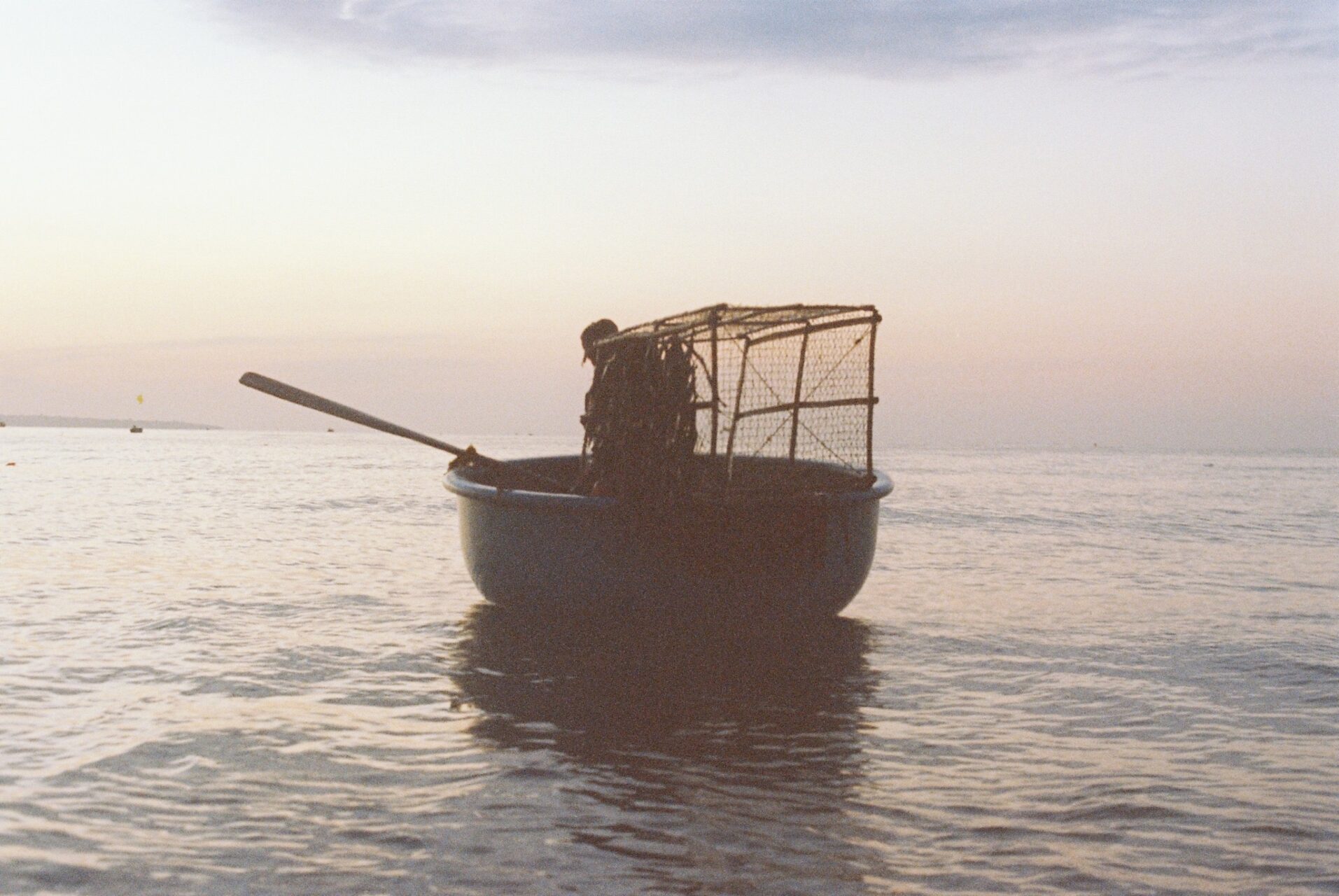

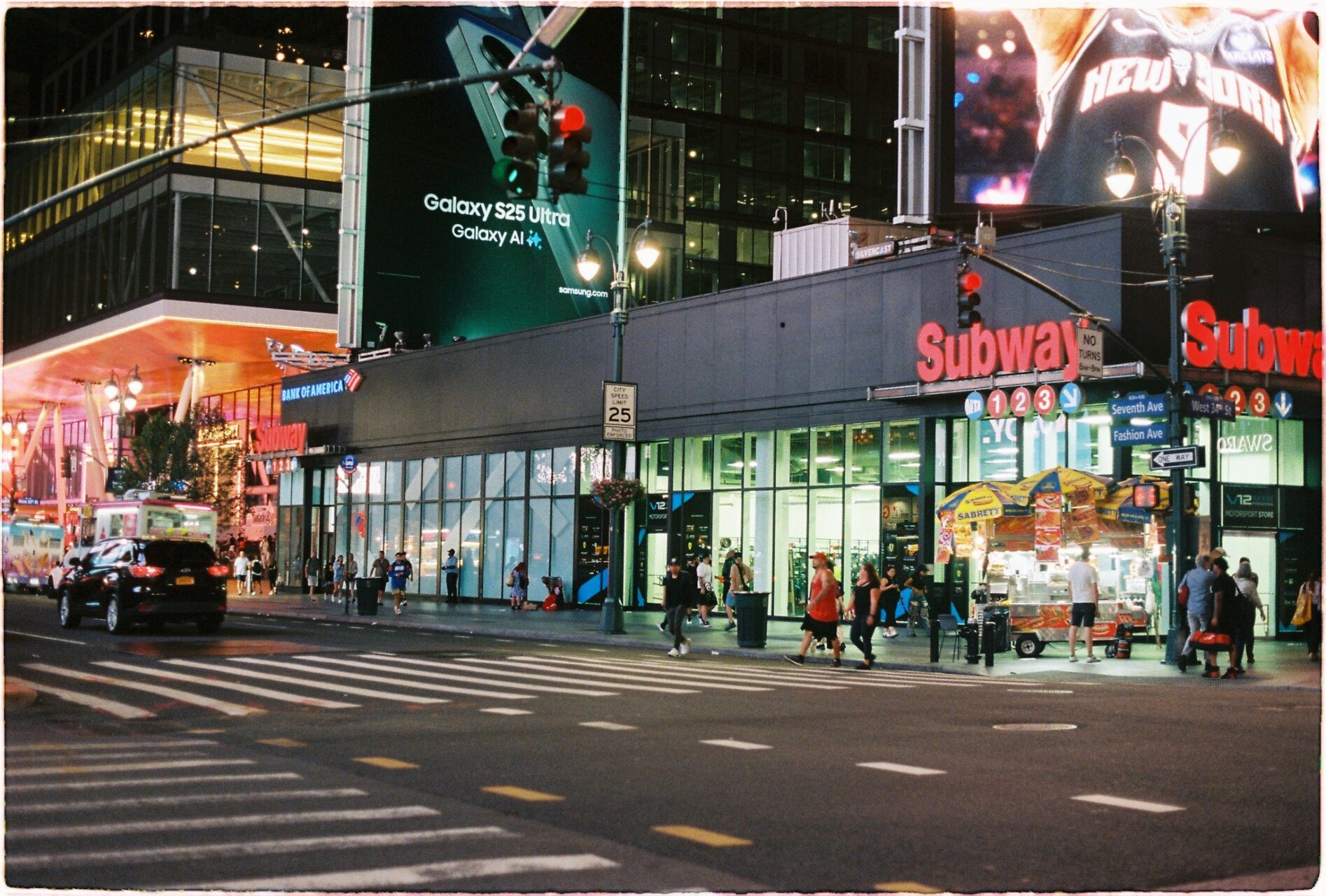
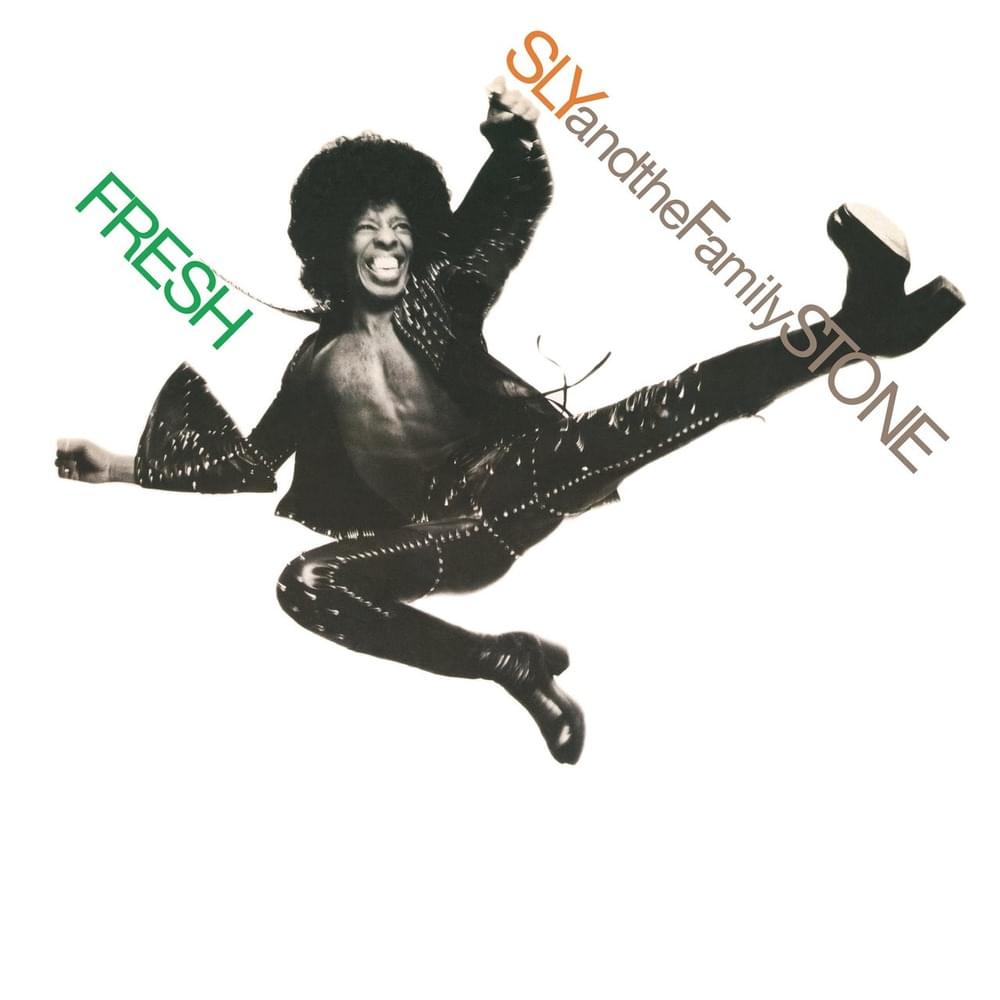
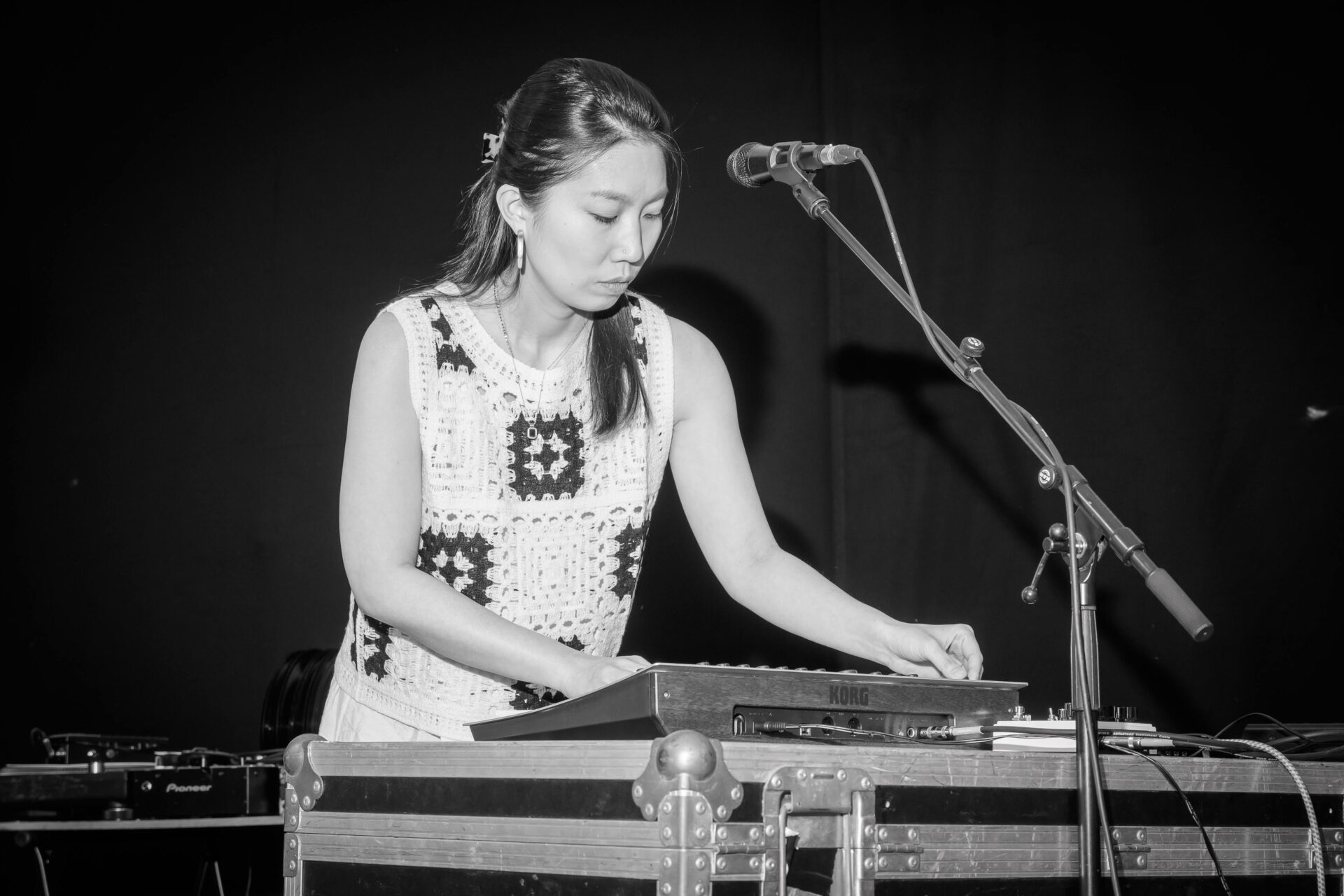

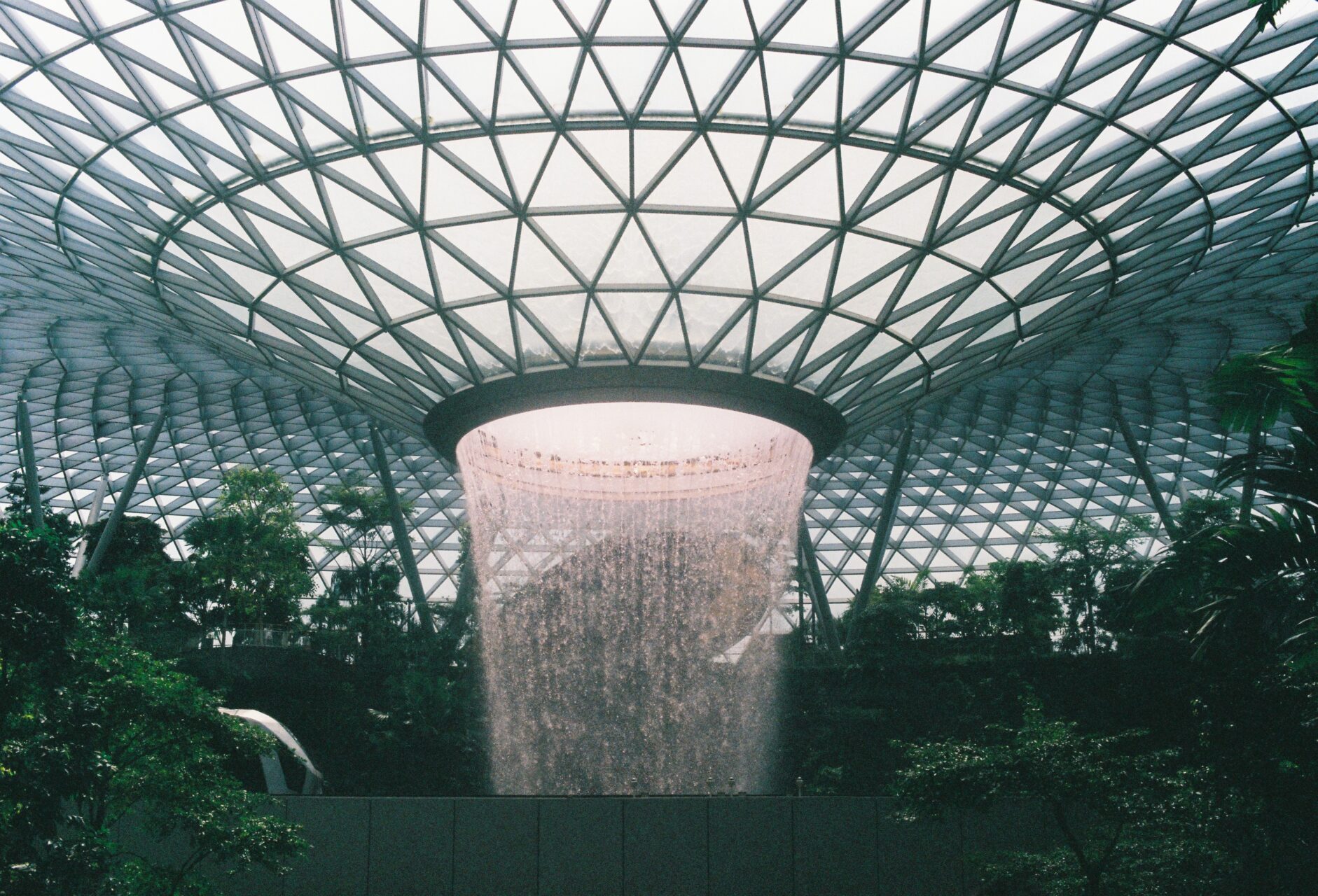
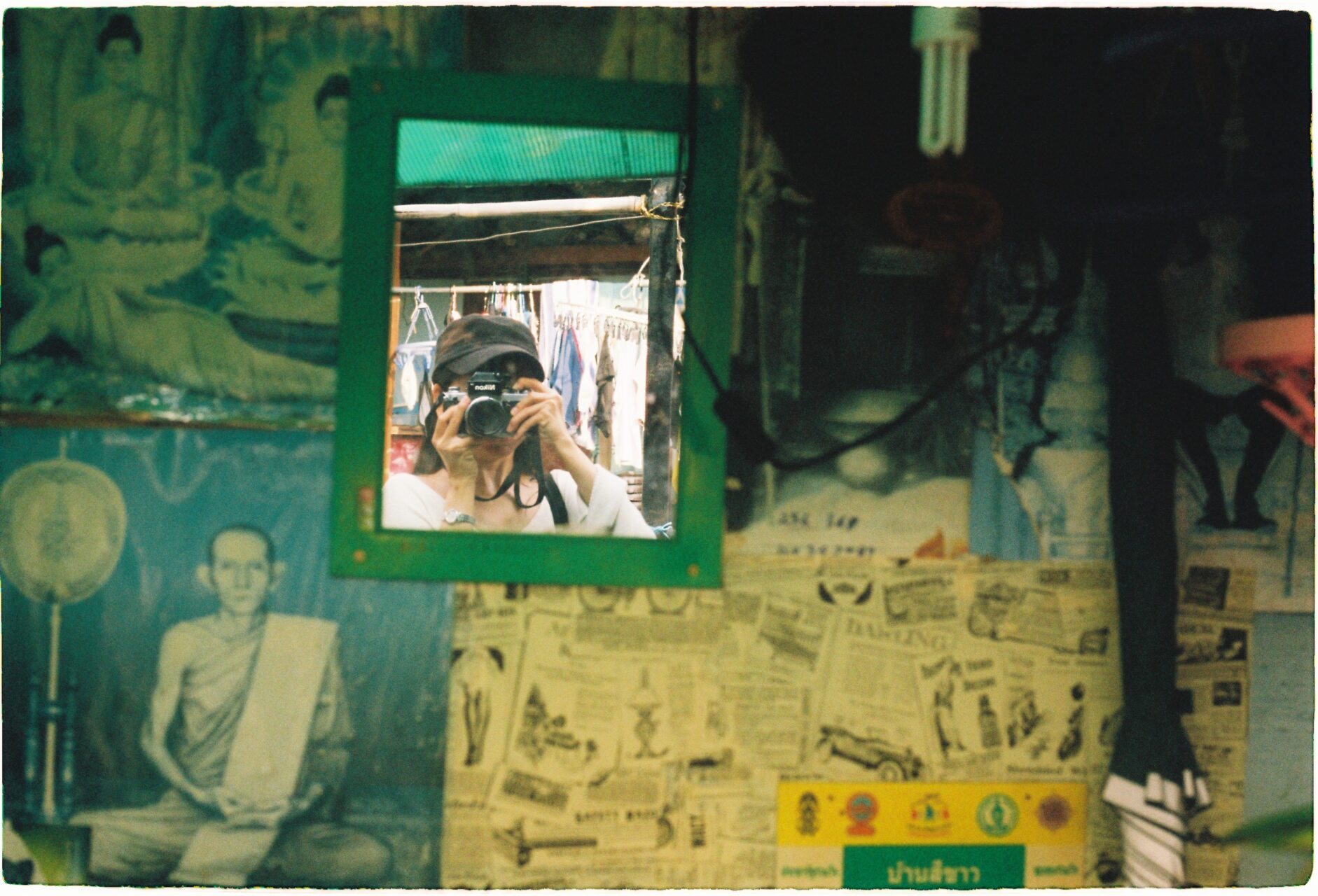
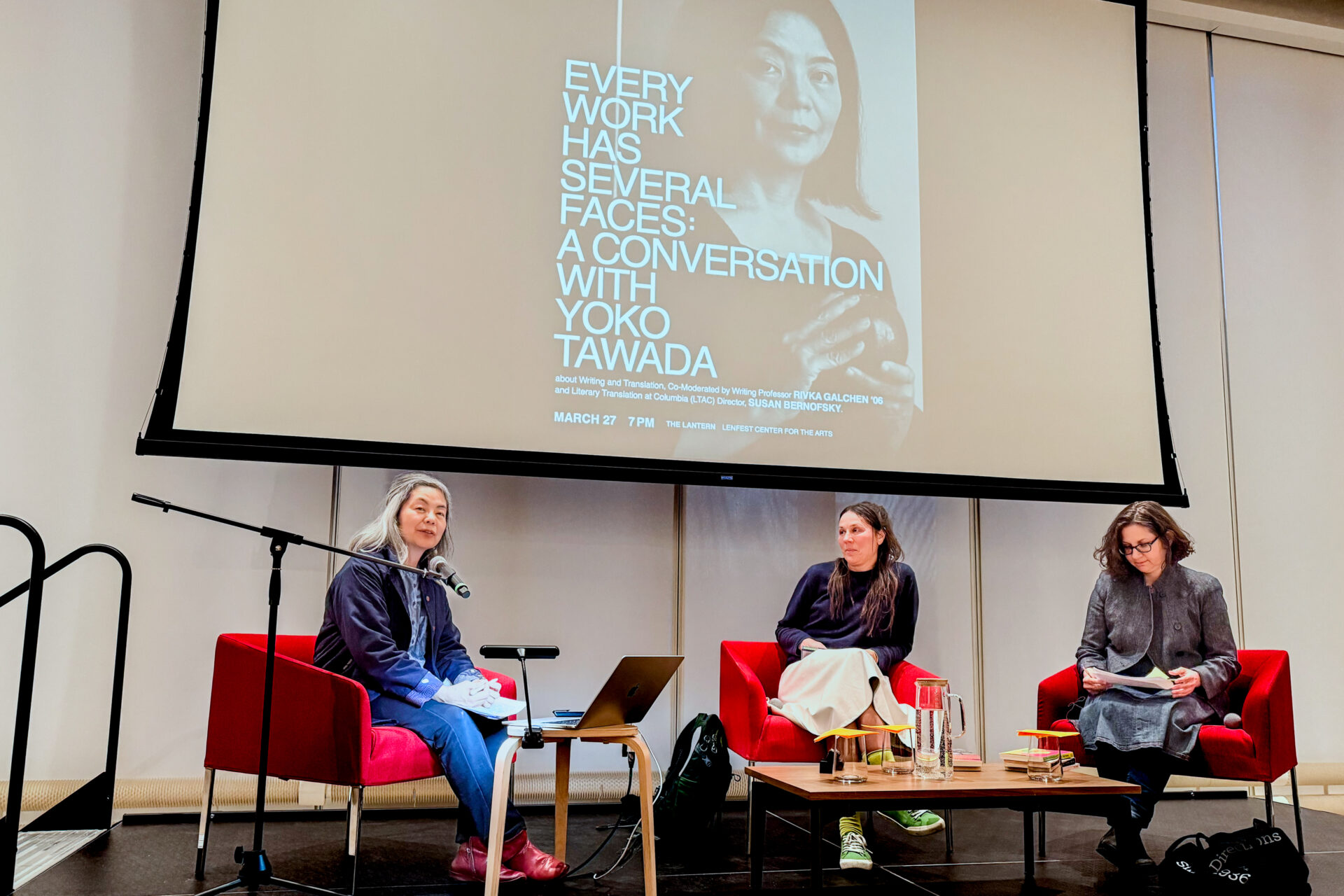
0 Comments